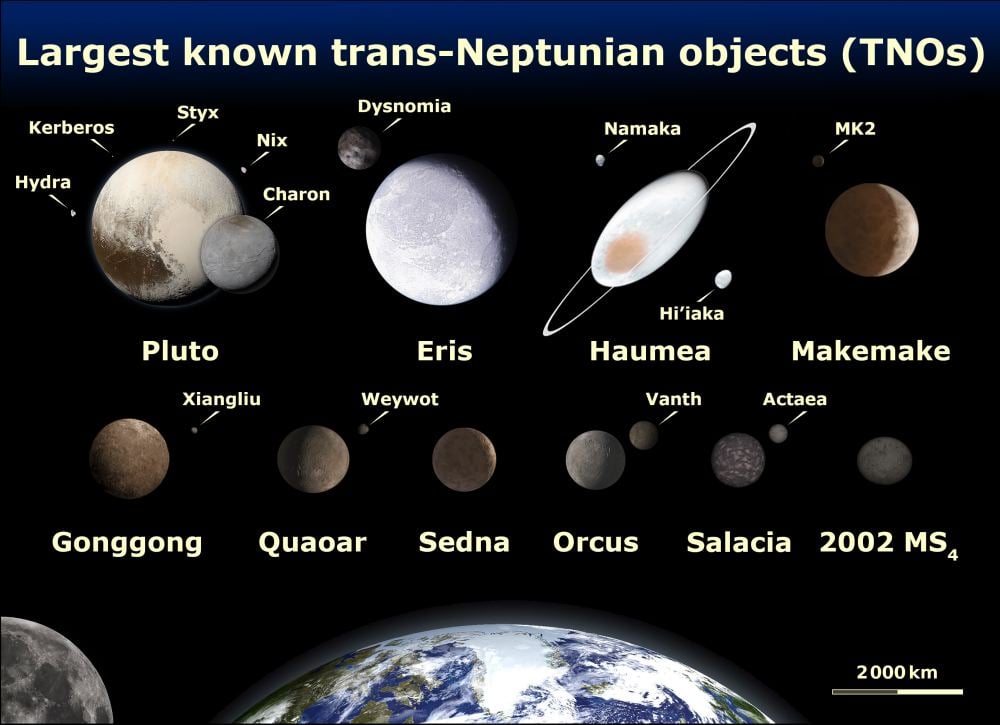Viewing Alert: Bad Universe Episode 2
Eris and Pluto: Two Peas in a Pod

New VISTA Within the Unicorn

Neptune Acquitted on One Count of Harassment

Saturn's Rings Formed from Large Moon's Destruction

Trojans May Yet Rain Down

Warm 'Perrier' Ocean Could be Powering Enceladus' Geysers

Dragon Ascendant: SpaceX Prepares for Second Falcon 9 Launch

So, You Want to Build a Satellite?
Moon Balloon Has Mostly Successful Test Flight

Titan-ic Tsunami Causing Crack in Saturn's C Ring

Rosetta Uncovers a Thick, Dusty Blanket on Lutetia

ISS Instrument Detects X-ray Nova

Acid Rain-Like Chemistry Could Occur in Europa's Ice Crust

A Rainbow Across the Moon

Carnival of Space #172

What is a Flying Wing?

Who was the First Dog to go into Space?

Astronomy Without A Telescope - A Snowball's Chance

No Glory: NASA Delays Climate Change Satellite Mission

Simply Astonishing: Enceladus, the Jet-Powered Moon

China Launches Second Moon Mission
Where are Tornadoes likely to Occur

Where are Stars Born?

Mysterious Ribbon at Edge of Solar System is Changing
Additional Shuttle Mission Almost Guaranteed

Could Chance for Life on Gliese 581g Actually Be "100%"?

House Passes Senate Version of NASA Budget Bill

New Earth-sized Exoplanet is in Star's Habitable Zone

NASA's Year of Finales Continues with Last ET and SRB Events

Where In The Universe Challenge #120

Largest Clouds Ever Seen on Titan

Carnival of Space #171

Milky Way Sidelined in Galactic Tug of War

Astronomy Cast Ep. 200: The Mariner Program
Two Russian Companies Plan to Build First Commercial Space Station

JWST Built with 'Unobtainium'

Solar Dynamics Observatory Earns its Stripes

Sunrise to Sunset: Time-Lapse View from the ISS
The Moon's South Pole as You've Never Seen it Before

'Long Lost' Apollo Footage Was Actually Released in 2009
A Conversation with Jim Lovell, part 2: Looking Back

Does a "Rock Comet" Generate the Geminids?

UN May Appoint Ambassador to Visiting Aliens

New Satellite Launches to Track Space Junk

What Galaxy Do We Live In?

Astronomy Without A Telescope - Dark Denial

Possibility for White Dwarf Pulsars?

Conjoined Moons

 Universe Today
Universe Today